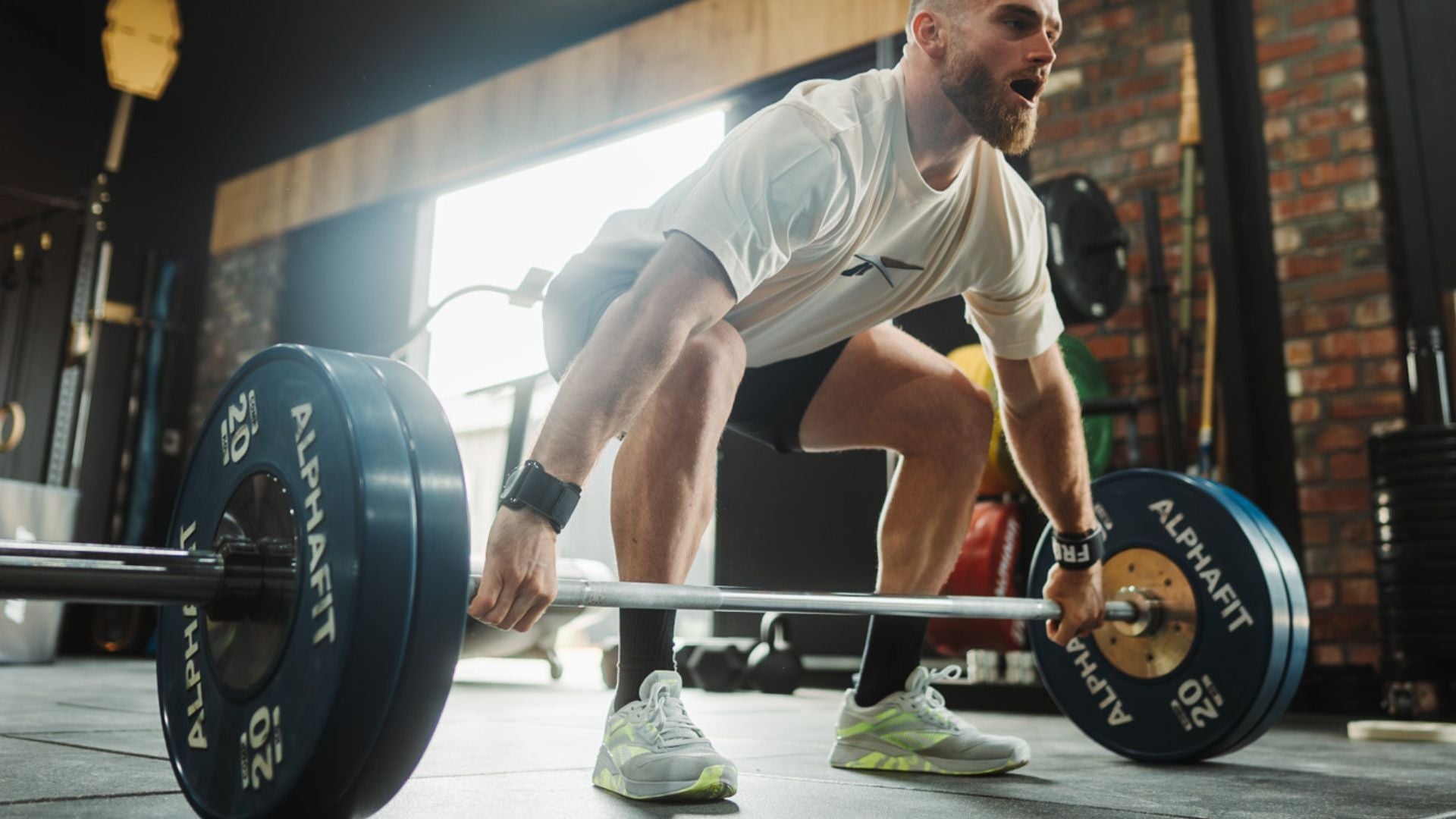We get it—choosing the right shoes for the gym can feel overwhelming. You might be thinking, “I already have a great pair of running shoes. Can’t I just wear those?” Well you could…But should you? Not if you want the best support, stability, and longevity from your footwear (or your knees).
Let’s break down why gym shoes are the real MVPs for your workouts—and why running shoes should stick to what they do best.
Running Shoes vs. Gym Shoes: What’s the Difference?
Think of it like this: You wouldn’t wear football boots for a game of tennis, right? Running shoes and gym shoes are built for different types of movement.
Running shoes are designed for forward motion, absorbing impact with soft cushioning to reduce stress on your joints.
Gym shoes (or training shoes) are built for multi-directional movement, offering better stability, support, and grip for weightlifting, HIIT, and agility drills.
It all comes down to having the right tool for the job. Running shoe for running, tennis shoe for tennis, football boots for football and gym shoes for gym.


Why Running Shoes Aren’t Ideal for the Gym
1. Running Shoes Are Too Soft for Strength Training
Running shoes have cushioned soles to absorb the pounding from each step. That’s great for running but not for lifting weights. When you’re squatting, deadlifting, or even lunging, a stable base is essential. A soft, squishy sole can throw off your balance, making it harder to generate power (and easier to wobble like a newborn giraffe). A low offset is beneficial for squats and lifting weights as it assists with even distribution of load. Wearing a 12 mm offset running shoe some would say is the same as lifting weights in stilettos.
2. They Lack Lateral Support
Ever tried doing side lunges or quick lateral movements in running shoes? It’s like playing soccer in socks—risky business. Running shoes are built for straight-line motion, not side-to-side stability. Gym shoes, on the other hand, provide reinforced support to keep your feet secure during agility drills, plyometrics, and weight training.
3. The Wrong Grip Can Make Workouts Harder
Running shoes have treads designed for pavement or trails, not gym floors. Gym shoes offer better traction for box jumps, sled pushes, and burpees—so you can focus on crushing your workout instead of worrying about slipping mid-rep.
4. They Wear Out Faster in the Gym
Using running shoes for gym workouts speeds up their breakdown. The foam cushioning isn’t made for constant lateral stress, weight-bearing exercises, or floor work, meaning you’ll be replacing them sooner than expected.
So, When Can You Wear Running Shoes in the Gym?
If your gym session mainly involves treadmill running or light cardio, running shoes will do the trick. But if you’re lifting, jumping, or moving in multiple directions, gym shoes are the better choice. Your feet—and your form—will thank you.

How to Pick the Right Gym Shoes
Look for:
- Flat soles for stability during lifting
- Good lateral support for multidirectional movements
- Firm cushioning (not too soft, not too hard—just right)
- Durable grip for traction on gym floors
Popular picks include the Reebok Nano X4 & X5, Reebok Nano Gym, On Cloudpulse, all designed to handle the variety of movements your workout throws at you.
Final Thoughts
Wearing the right shoes at the gym isn’t just about comfort—it’s about performance, safety, and getting the most out of every workout. So, if you’ve been using your running shoes for everything, it might be time for an upgrade. Your feet (and your PBs) will thank you!
Need help finding the perfect gym shoe? Check out our range of training shoes designed for every type of workout.




Tips for healthy feet in the summer